Say I have two tables (Apples and Oranges) with the same columns and just a different table name. Would there be any advantages/disadvantages to turning this into one table (lets say its called Fruit) with an additional column 'type' which would then either store a value of Apple or Orange?
Edit to clarify:
CREATE TABLE apples ( id int, weight int, variety varchar(255) )
CREATE TABLE oranges ( id int, weight int, variety varchar(255) )
OR
CREATE TABLE fruit ( id int, weight int, variety varchar(255), type ENUM('apple', 'orange') )
